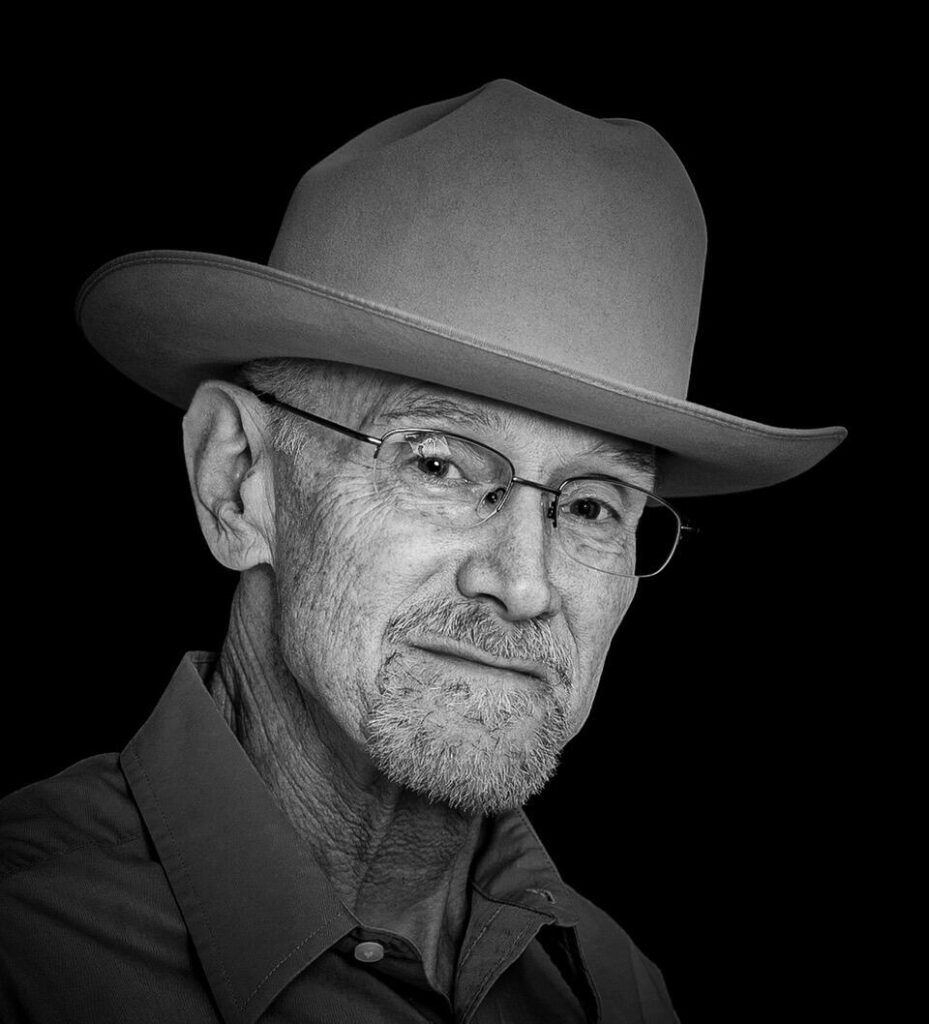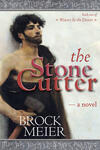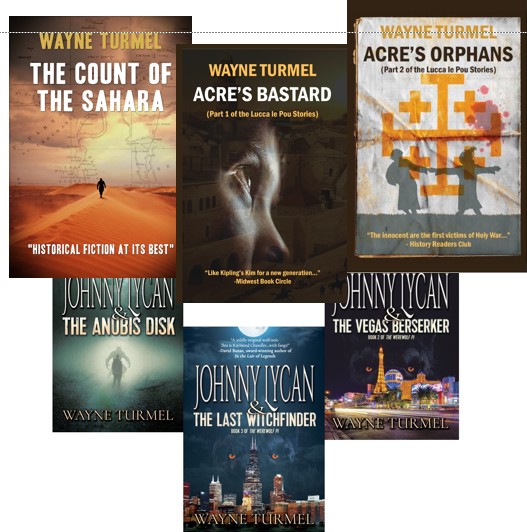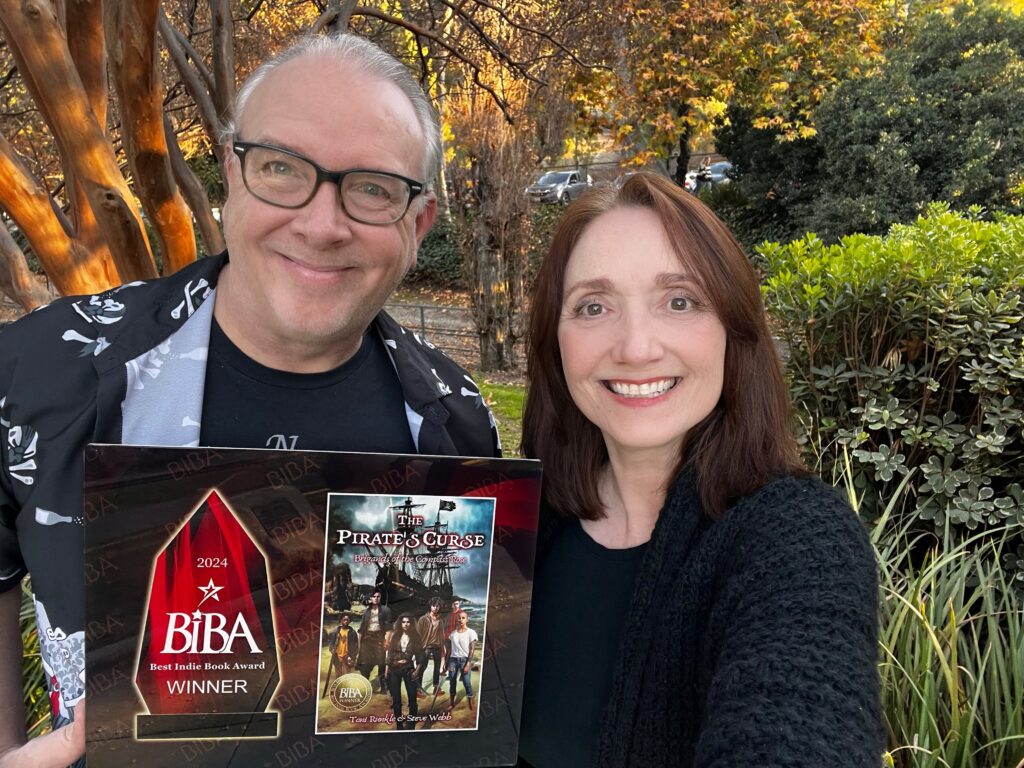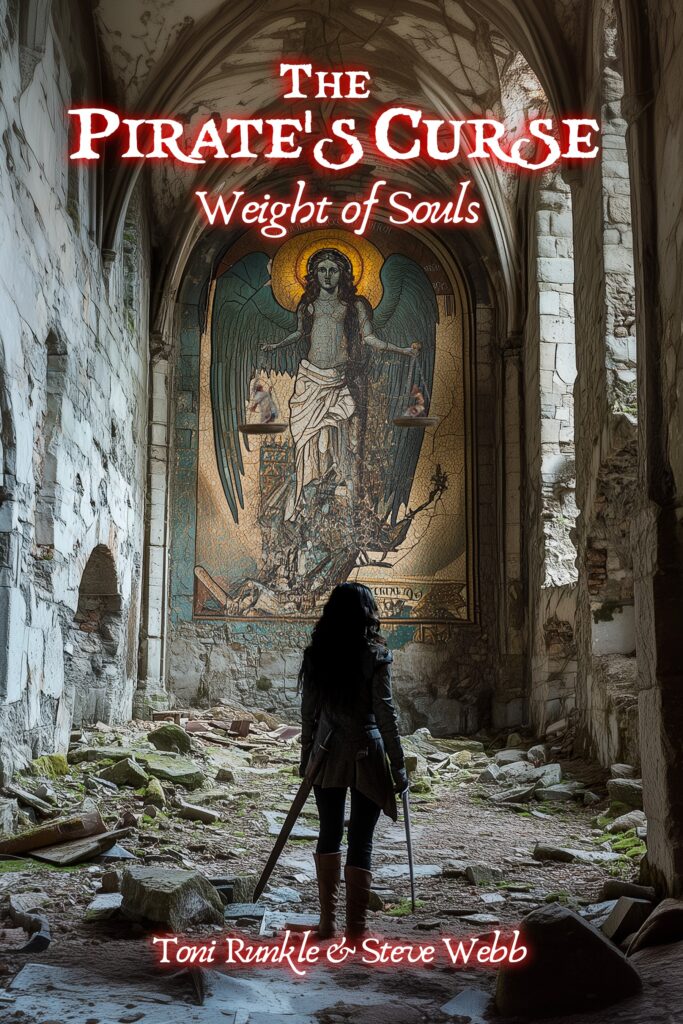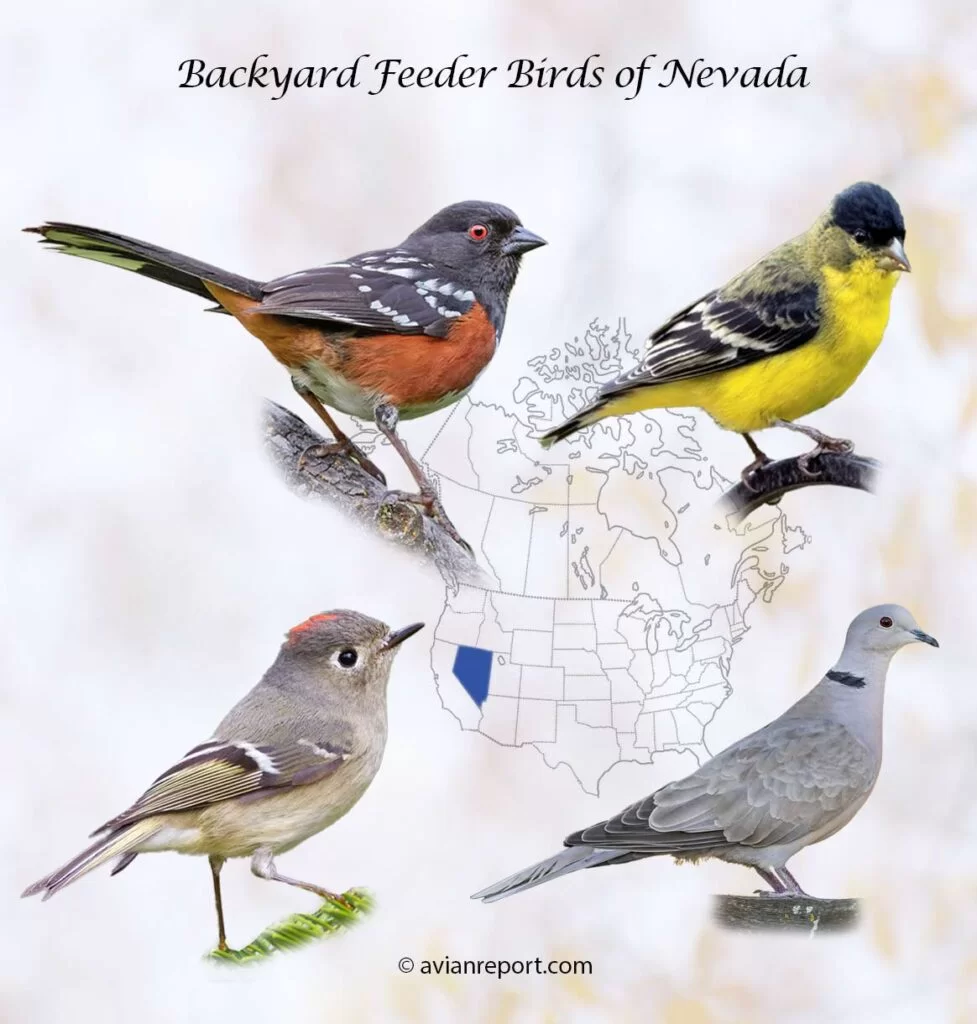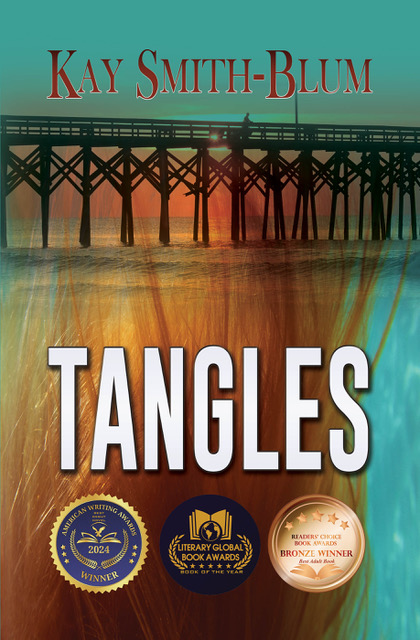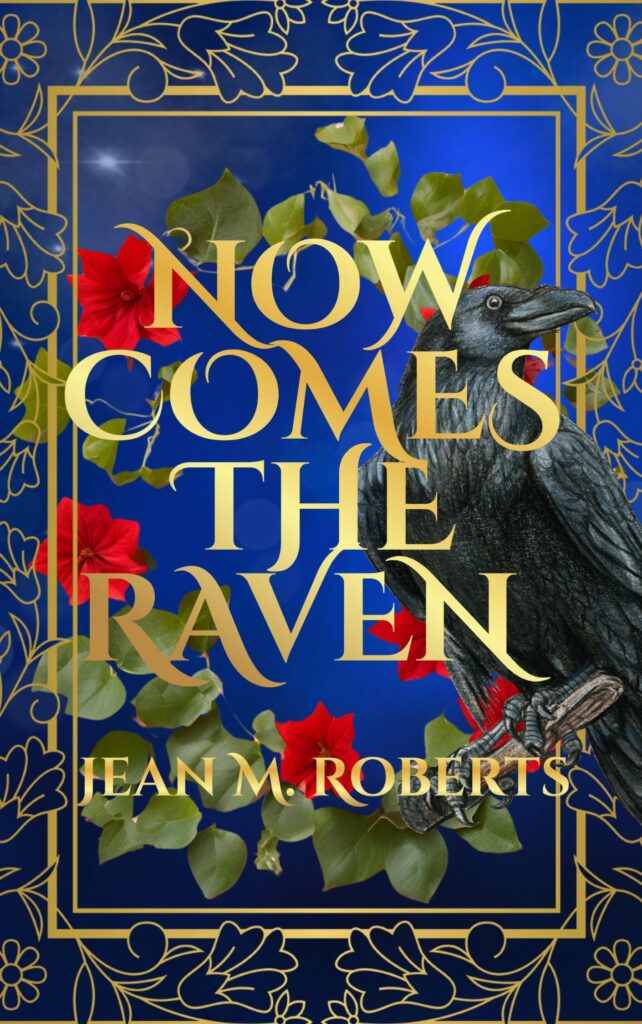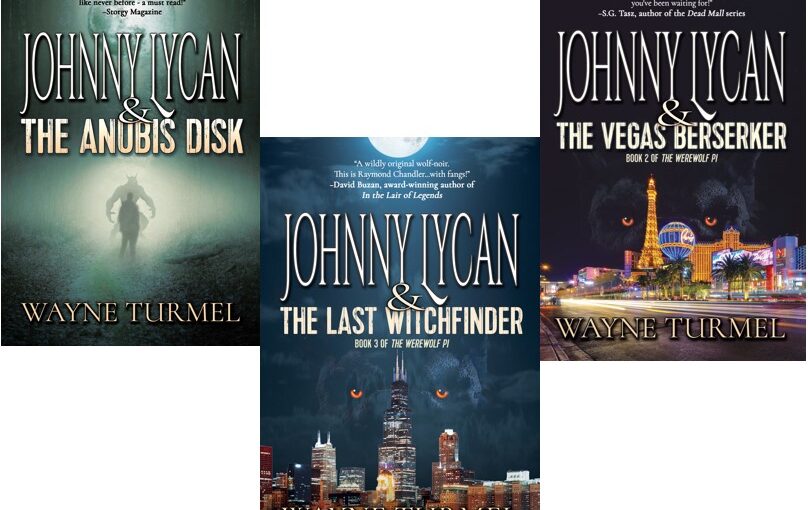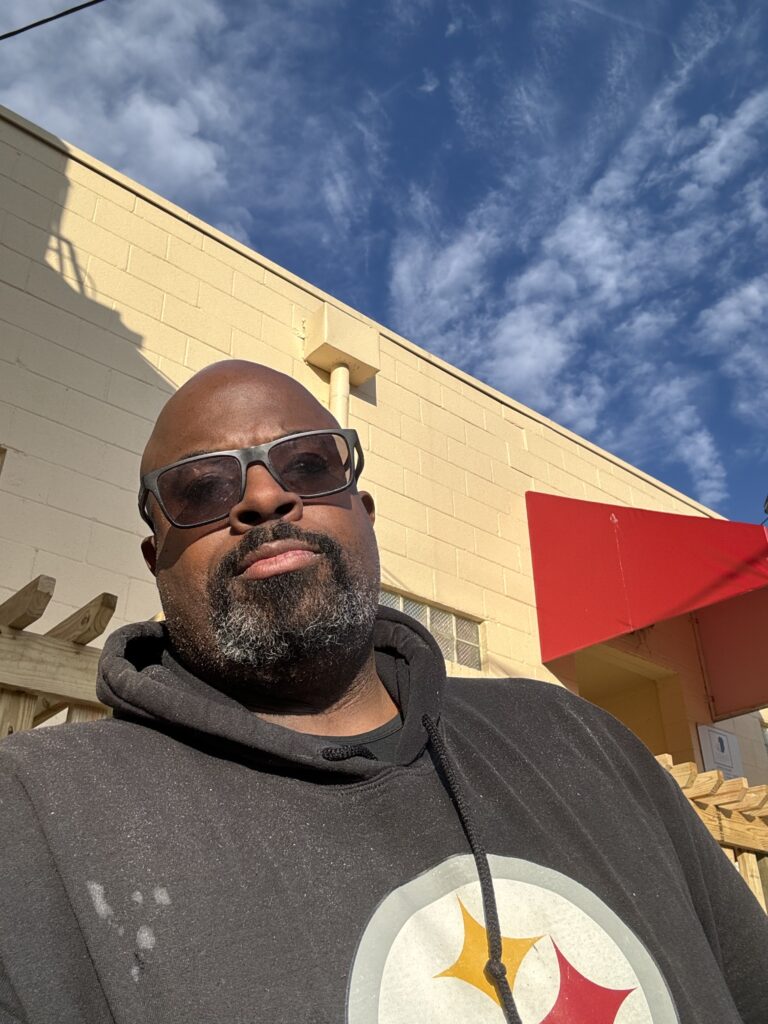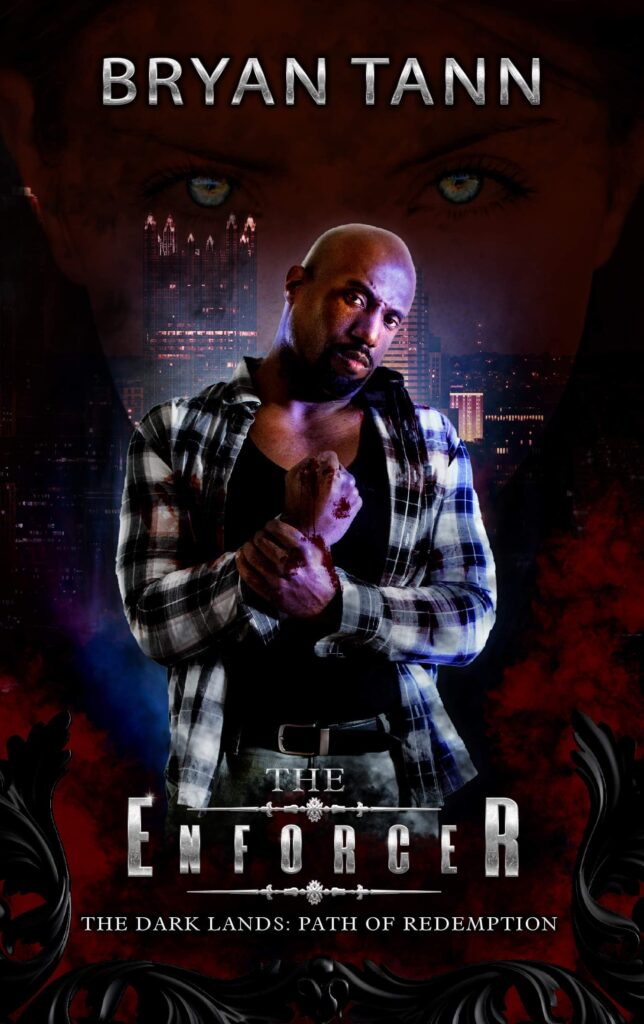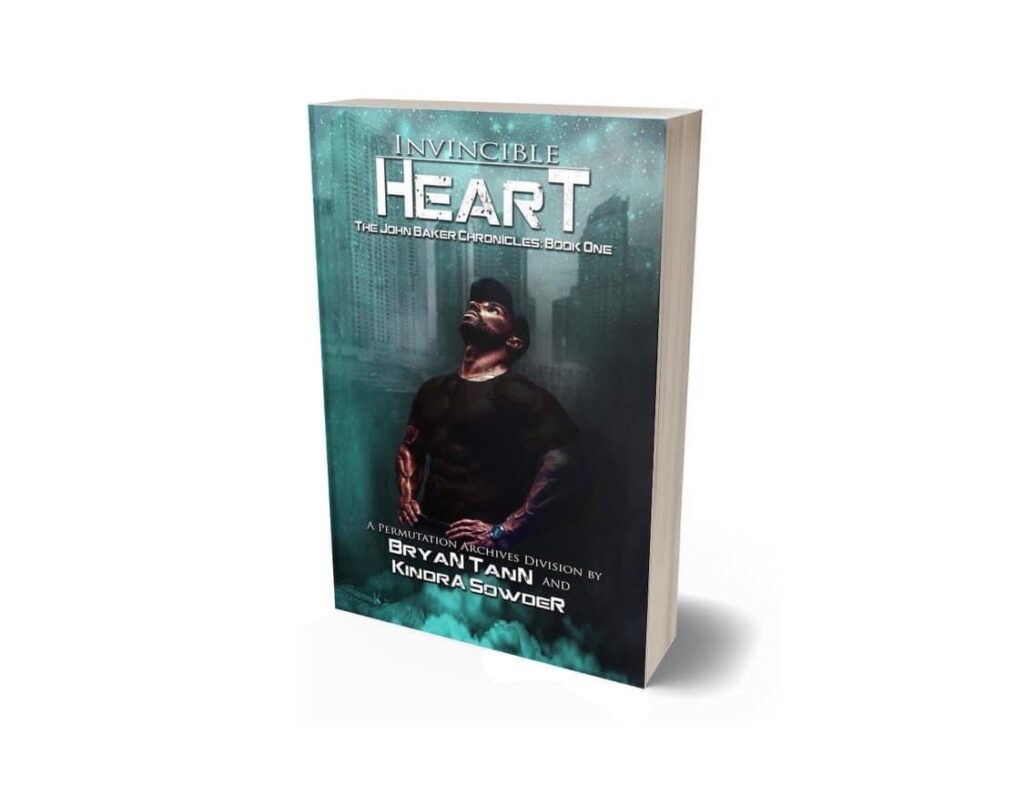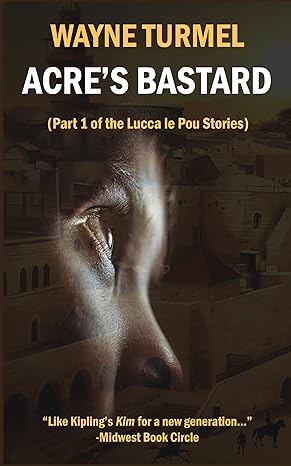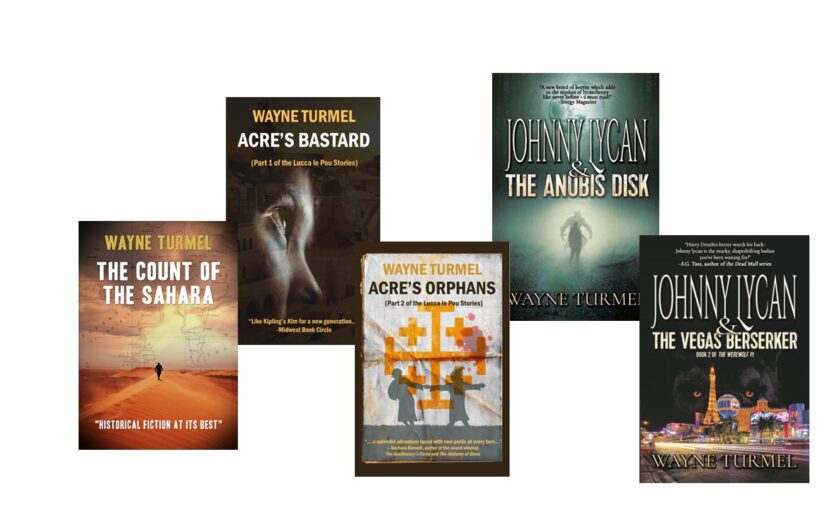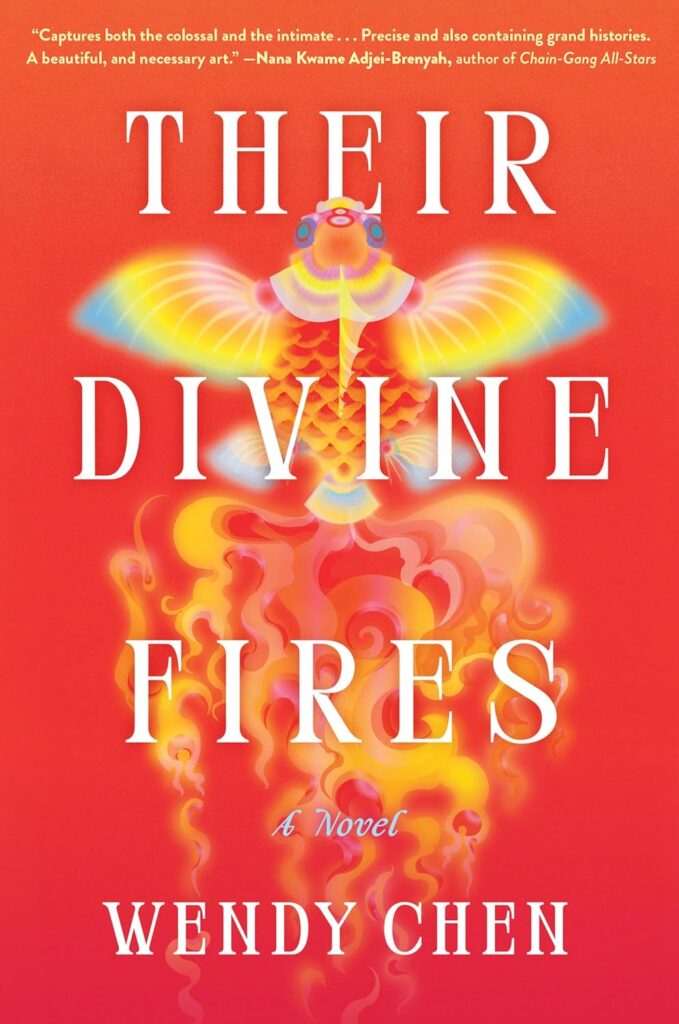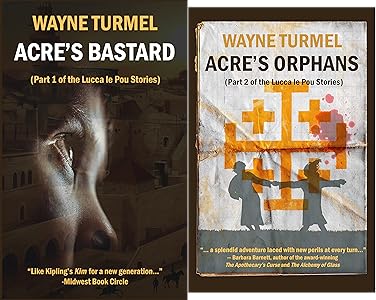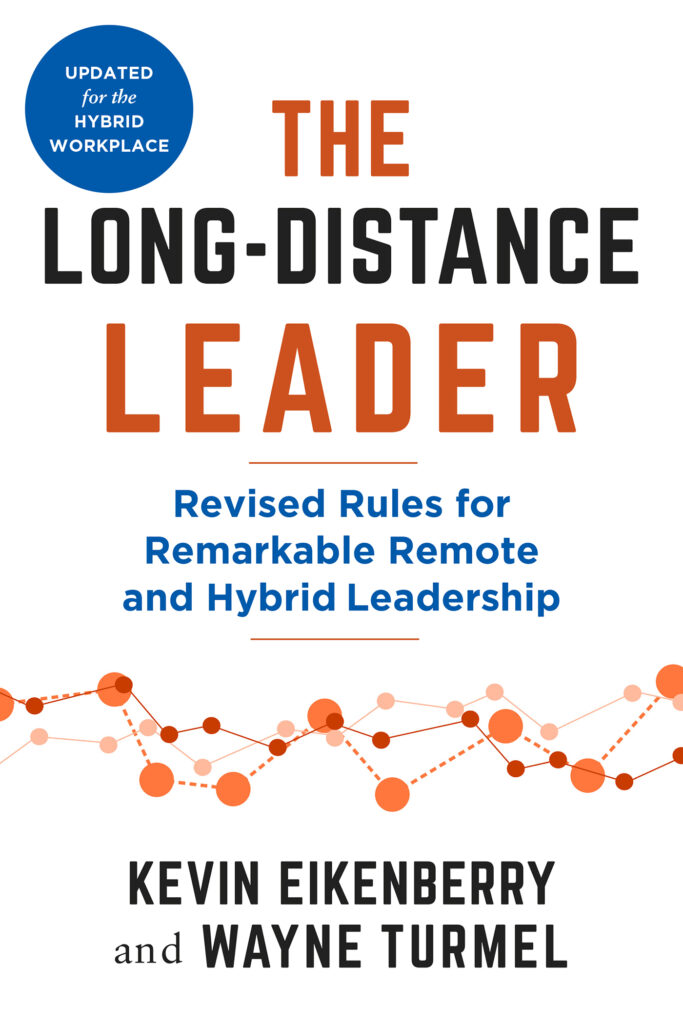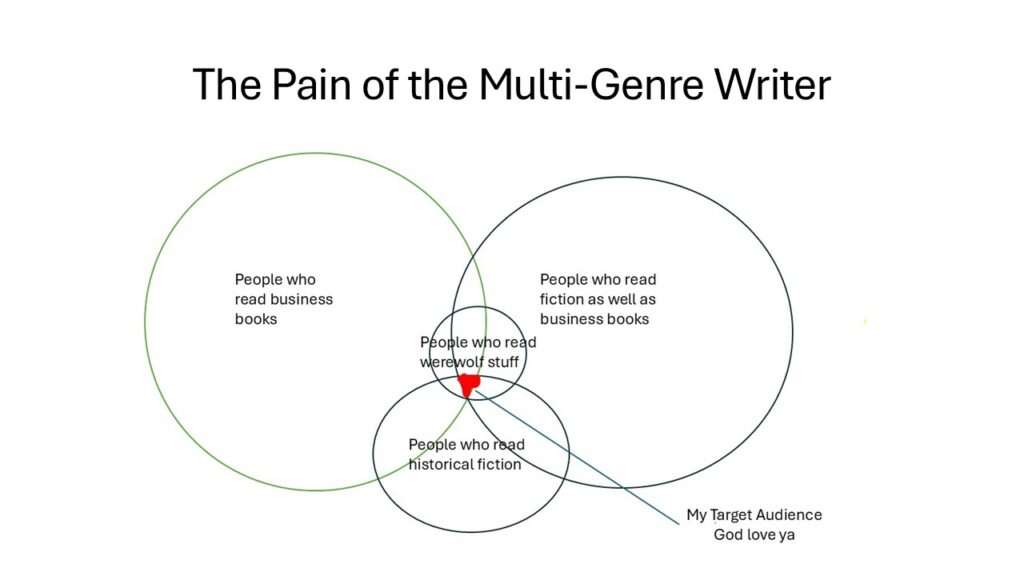When it comes to historical fiction, one of the great joys for me is reading and writing stories about times and places I didn’t know much about. That’s also, I am guessing, why I have trouble finding publishers interested in my work. If only I could give a rat’s ass about the Regency or the US Civil War (1.0) But no, my tastes run to the more obscure. Archaeologists nobody’s heard of, The French Foreign Legion. That kind of thing. I was thrilled when a friend’s father, Brock Meier, wrote a book about a Nabatean mason. If you don’t know the Nabateans (and I didn’t), they are the geniuses behind Petra, in the Jordanian desert. There is also a surprise detour into early Christian history as well.
Brock, tell us about you.
Unlike most authors, I did not exit my mother’s womb with a crayon in my hand, crying “I want to be a writer!” Seven decades later, after completing a half-century career in the surprisingly creative pursuit of scientific research, I unexpectedly found myself writing and publishing my first historical novel. Becoming a novelist was not only NOT on my bucket list, it WAS on my list of “last places on earth I want to visit.” Yes, there’s a story there…
Creativity never ceases to fascinate me with its unanswerable questions: what is it, where does it come from, why does it exist? I see it at work in, around, and through me. It’s like the marvelous substance of water—usually refreshing, sometimes terrifying, but necessary for life, and yet it slips right through my fingers when I try to grasp it.
Having been a spelunker, a painter, and a fine art photographer, I now make exotic wines and experimental desserts while thinking about where the next story is headed. Friends have called me a relentless dreamer and inventor of practical luxuries. My daughter describes me as “delightfully weird.”
Well, she’s an adorable weirdo herself, so it’s genetic. What’s the book about?
The Stone Cutter tells the story of a young man abandoned by his family, but rising above his grief through his pursuit of acclaim as a sculptor in first-century Petra, Nabataea. But a grave misfortune ruins his career, sending him on a quest to remote locations to revive it. His external search for a mythic object promising to revive his career mirrors his internal quest for belonging, family, and love. The quest costs him more than he can imagine.
What is it about the time period or character that appealed to you? It’s not like there’s a rich history of Nabatean adventure stories out there.
The story of this young man is based on a brief historical account from the first century. When I read the story over 40 years ago, for some unaccountable reason, it just stuck in my craw. Years later, I heard a song about this same man, which granted a humanity to him I’d missed before. His story was then lodged deeply inside me, and I knew sooner or later I’d have to add my own understanding of who he was—to see his face, hear his voice, to touch his heart.
The setting of the story—first-century Petra, Nabataea—was mostly unknown to me when I began writing. About all I knew at that time about Petra was the brief scene from Indiana Jones and the Last Crusade when they ride in on horses. But as I began researching the culture and history of the Nabataeans (through archaeological studies and the writings of ancient historians), it became obvious to me that these people were crying out to be made known. For their bones to be fleshed out and clothed.
The Nabataeans are a glaring enigma on the world stage. Without history or lineage, without resources, and without anything calling attention to them, they turned a wasteland into a garden. They parlayed luxury goods produced by others into the economic miracle of the first century. On top of it all, though one of the most literate cultures of the ancient world, they left no archives or literature of their own. How could I not write about them?
What’s your favorite scene in the book?
Of course, this is akin to asking who is one’s favorite child. But what first comes to mind is a scene after a lengthy banquet/symposium. The young protagonist, still on the fast track of the art world, has a brief encounter with a young woman, his first love interest. At dusk, they stand on the outdoor balcony of the banquet hall, watching all the attendees winding their way homeward, holding their little oil lamps before them. The two exchange what seems to be small talk, but which, in fact, reveals much of what their hearts hold.
As I wrote the scene, I felt I stood there with them, seeing the whole city of Petra stretched out before us in all its glory, hearing the sounds of the closing day, smelling the scents on the evening air. I suppose I felt I was the protagonist himself, experiencing his first love—the inescapable and terrible beauty of it. It was a very visceral experience for me, and this is probably one of the reasons I write.
Where can we learn more about you and your work?
You can find me at—
Website: https://brockmeierauthor.com
Whether your tastes run to historical fiction or award-winning urban fantasy, check out all my work on my Amazon Author Page, and don’t forget to sign up for my newsletter on the left hand panel of my website

